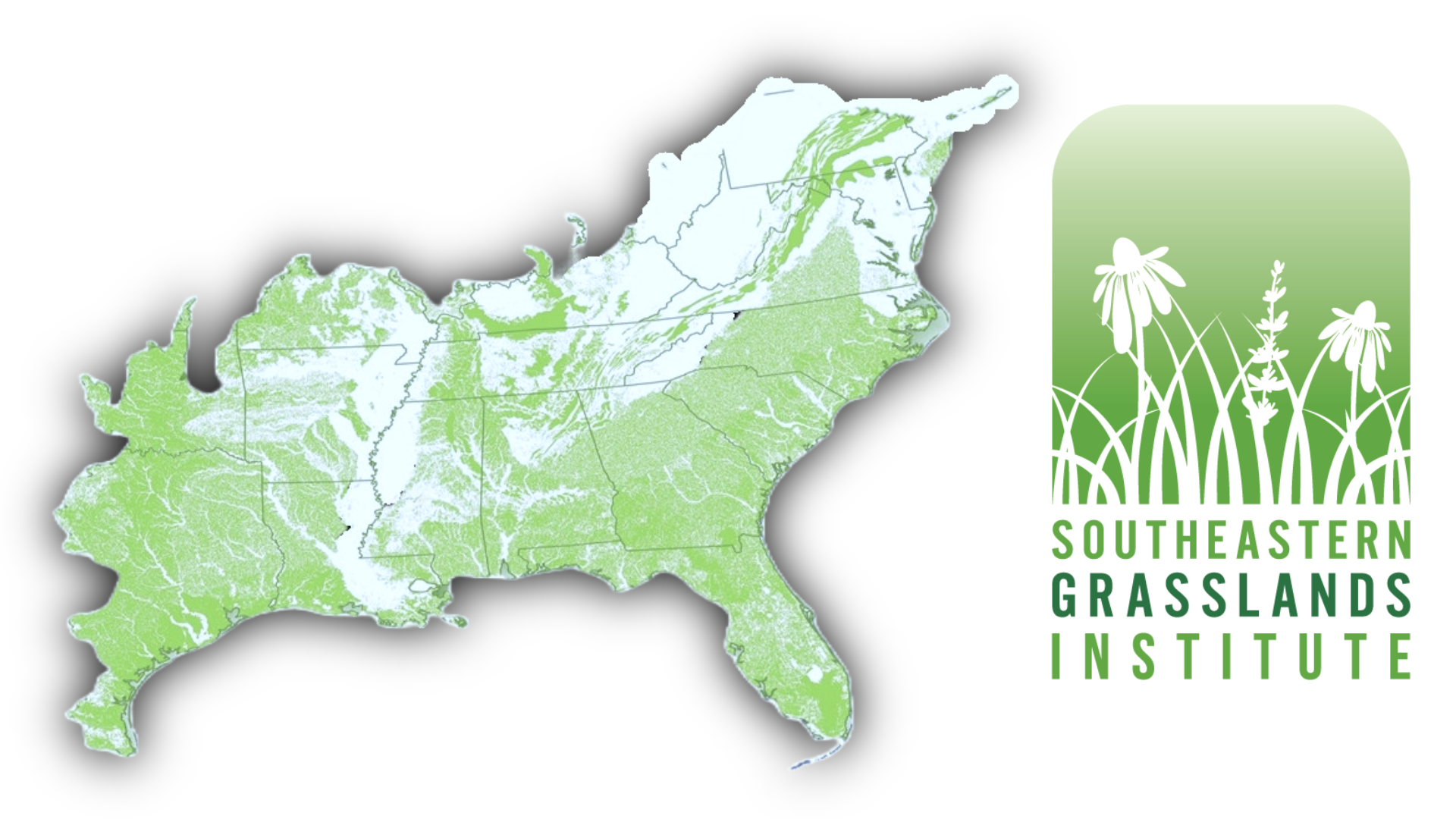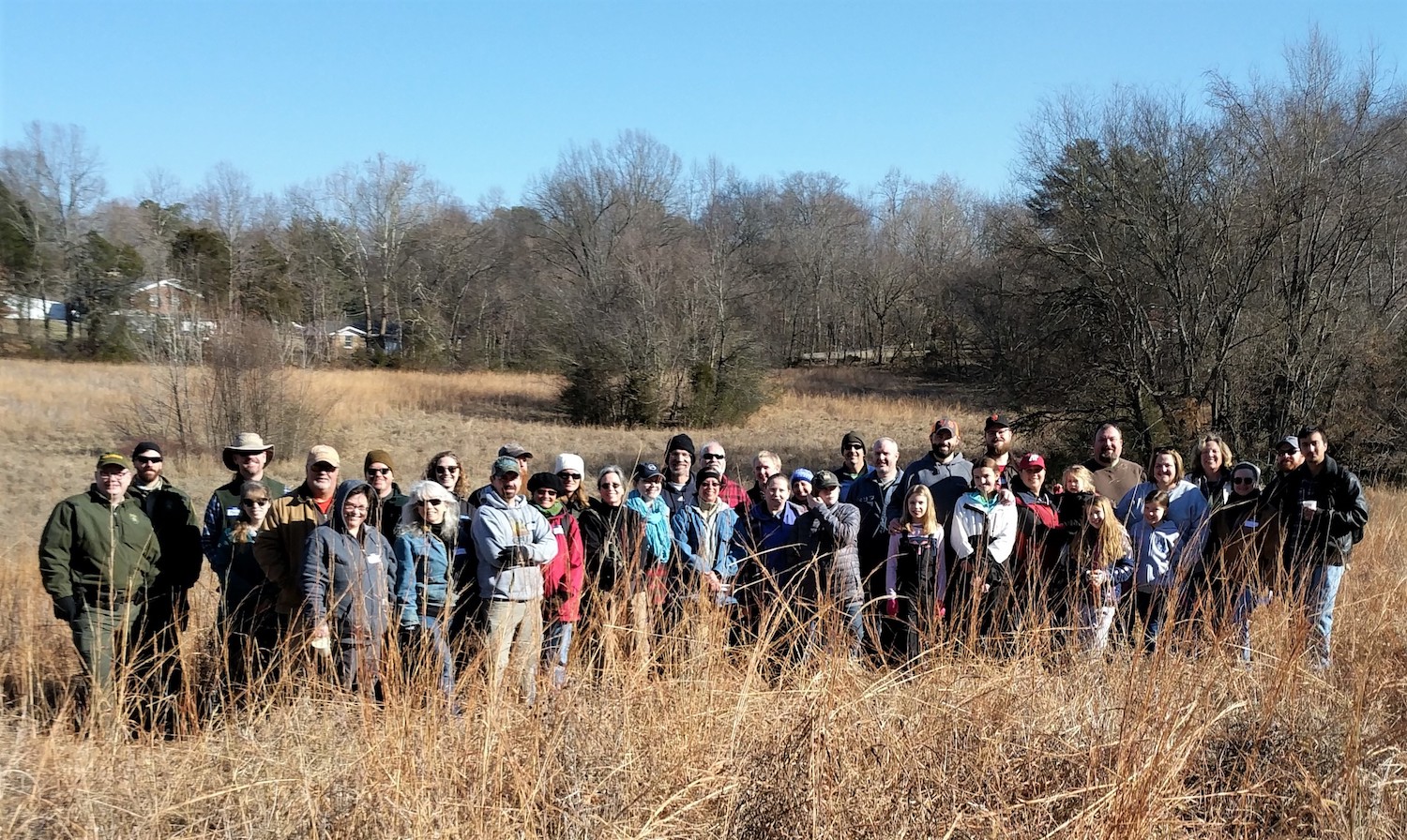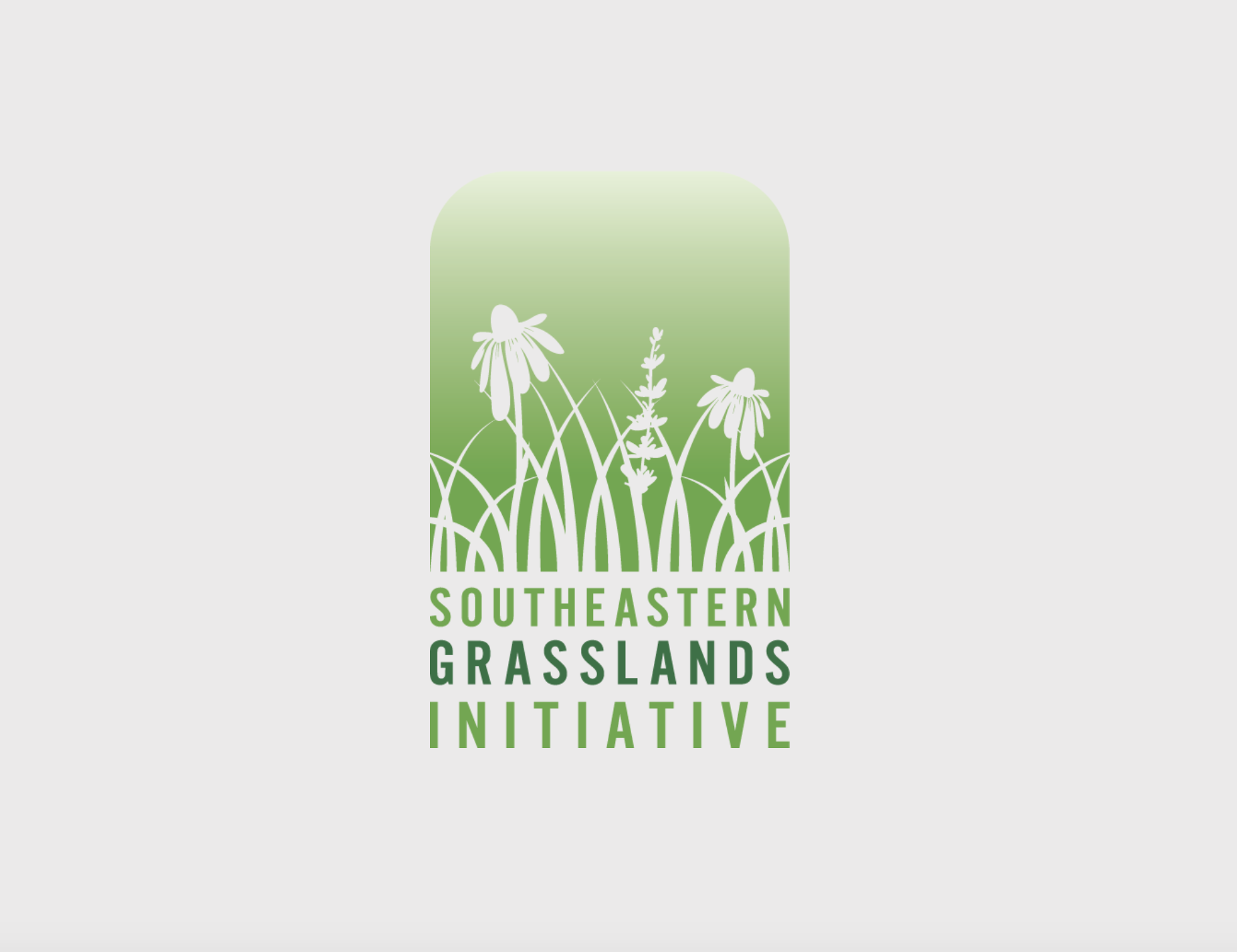Dedicated to Rebuilding the Lost Grasslands of the South
Grassland loss is the single greatest conservation issue currently facing eastern North American biodiversity. Our precious Southern grasslands are nearly extinct and the species that depend on them are fading fast. Many of our Southern grasslands that managed to persist through the past 200 years have disappeared in the past quarter-century. What will the next 25 years bring? As a conservation community we are only now realizing how extensive our grasslands used to be. The losses have been truly staggering. If we want to reverse the tide of grassland biodiversity loss, our response must be rapid as well as unparalleled in its magnitude. This is an immensely complex and ambitious challenge that will take some of the brightest and most creative minds in American conservation to solve. Find out how you can join the Southeastern Grasslands Institute to rebuild the South's forgotten grasslands.
Most Americans are unaware that cities such as Charlotte, Chattanooga, Huntsville, Montgomery, Nashville, Raleigh-Durham, Richmond, and Tallahassee, among others, are as much "grassland cities" as Austin, Fort Worth, and Tulsa.
These southern cities were colonized early because the native grasslands, prairies, and savannas were hospitable environments, often with deep, fertile soils, so they were gone before the camera was invented…before they could be described. Much of the original landscape—so important to indigenous people and the earliest settlers—has been lost. But not entirely lost! Today, even the last remaining 10% of our native Southeastern grasslands are America’s most biodiverse. SGI’s 23-state focal region contains the world’s 36th recognized biodiversity hotspot! Beyond that, our native grasslands remain vitally important for their contributions to water quality, soil health, carbon storage, protection in drought, grazing lands, and wildlife and pollinator habitat.
The solution to conservation of U.S. southeastern grasslands is a vastly expanded and sustained initiative for the conservation, restoration, and management of native grassland ecosystems.
SGI is building a movement. We aim to ignite a passion for our native grasslands across the South and to join hands with people from all walks of life who desire to make a difference for the world and for future generations. Because so many native grassland remnants are small, they are ideal for engaging volunteers at the local level. SGI is working with partners across our focal region to develop a “grassroots grassland conservation army” of hundreds, perhaps thousands, of volunteers.
SGI is already partnering with many dedicated and effective organizations working to restore grasslands, protect pollinators, and save wildlife. With so many others already on the landscape, what is SGI’s role?
SGI seeks to chart a new course for 21st century conservation in the Southeast by correcting the historical disparity between the loss of southeastern grasslands and the extremely low level of resources allocated to their conservation. We aim to lead grassland conservation efforts at a regional/national scale while also increasing the resources available for us all to achieve better conservation results on the ground.
Video: an introduction to the Southeastern Grasslands Institute
Revealed: What we now know about the incredibly diverse grasslands of the Southeast and why ecologists often consider their loss the greatest threat to the terrestrial biodiversity of eastern North America.













